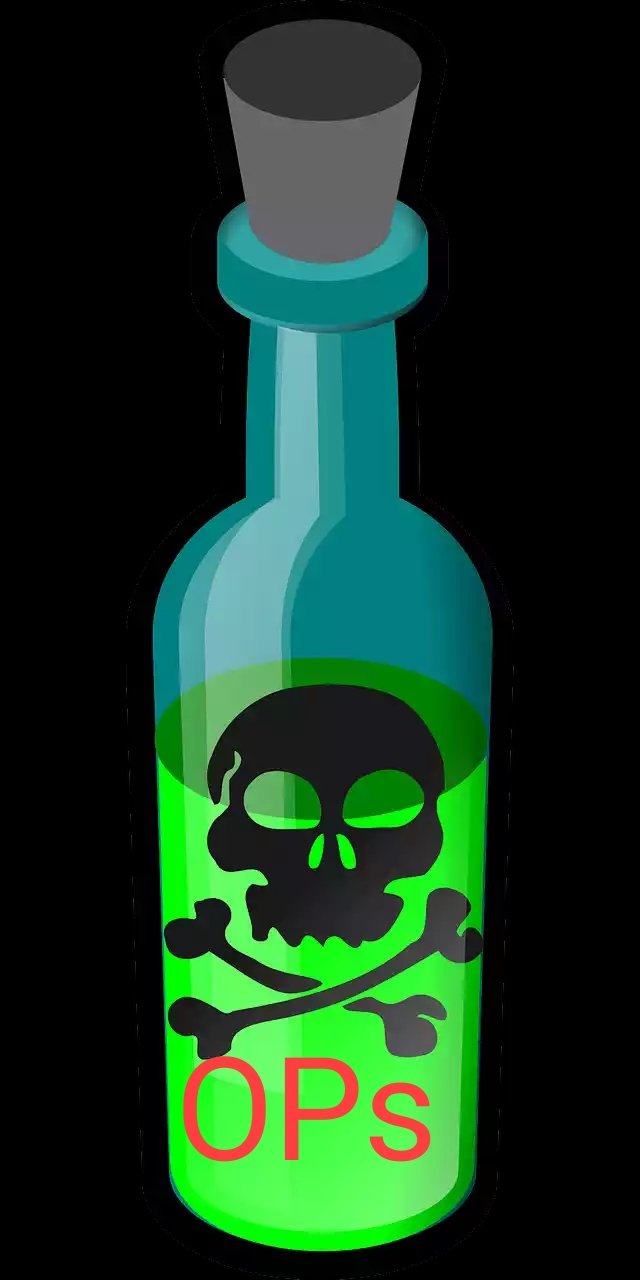Organophosphosphate Poisoning- Let us know.
OP poisoning
Organophosphates are the class of organophosphorus compounds (compounds containing phosphorus).They are used as insecticide herbicides and nerve gases.
Examples
- Insecticides - malathion, parathion, diazinon, fenthion, dichlorvos, chlorpyrifos, ethion, trichlorfon
- Nerve gases including soman, sarin, tabun, VX
- Herbicides including tribufos [DEF], merphos are tricresyl phosphate–containing industrial chemicals.
Organophosphates are one of the most common causes of poisoning worldwide. They account for about 200 thousand deaths per year.
MODES OF EXPOSURE
INGESTION:- During consumption of foods sprayed with them, accidental ingestion, as a means of suicide etc
INHALATION- During spray on fruits/vegetables and indoor spray as insecticides.
DERMAL CONTACT:- In people working in manufacturing plants of OPs.
MECHANISM OF POISONING
Acetylcholine is a neurotransmitter released at presynaptic junction of both sympathetic and parasympathetic nervous system of our body and also at the postsynaptic junctions of the parasympathetic nervous system. It acts as neuromodulators in ANS. it has wide range of functions in our body. it is deactivated by an enzyme called Acetylcholine esterase (ACHe). So the actions of the acetylcholine are terminated by its destruction by sacetycholinesterase enzyme.
In OP poisoning there is inhibition of acetylcholinesterase enzyme thereby resulting in accumulation of acetylcholine and hence overstimulation and muscurinc , nicotinic and CNS side effects.
MANIFESTATIONS
- MUSCURINIC EFFECTS-These effects can be memorized with the help of a mneumonic-DUMBELS
D - Diarrhoea/fecal incontenance, abdominal pain.
U- Urinary frequency is increased.
M-Miosis and blurred vision.
B-Bradycardia and hypotension.
E-Emesis (vomiting and nausea)
L-Lacrimation increased.
S- Salivation increased.
NICOTINIC EFFECTS- Twitching, fasciculations, weakness, tachycardia, hypotension etc
CNS EFFECTS- Anxiety, irritability, confusion, dizziness and coma etc
DIAGNOSIS
Blood metabolites of cholinesterases, such as butyrylcholinesterase (BuChE) activity in plasma, neuropathy target esterase (NTE) in lymphocytes, and of acetylcholinesterase (AChE) activity in red blood cells. Due to both AChE and BuChE being the main targets of organophosphates, their measurement is widely used as an indication of an exposure to an OP. Fast initial screening, determining AChE and BuChE activity in the blood are the most widely used procedures for confirming a diagnosis of OP poisoning.
Treatment
General Measures
- Termination of further exposure to the poison— fresh air, wash the skin and mucous membranes with soap and water, gastric lavage according to need.
- Maintain patent airway, positive pressure respiration if it is failing.
- Supportive measures—maintain BP, hydration, control of convulsions with judicious use of diazepam.
Specific antidotes—
(a) Atropine It is highly effective in counteracting the muscarinic symptoms, but higher doses are required to antagonize the central effects. It does not reverse peripheral muscular paralysis which is a nicotinic action. All cases of anti-ChE (carbamate or organophosphate) poisoning must be promptly given atropine 2 mg i.v. repeated every 10 min till dryness of mouth or other signs of atropinization appear (upto 200 mg has been administered in a day). Continued treatment with maintenance doses may be required for 1–2 weeks.
(b) Cholinesterase reactivators Oximes are used to restore neuromuscular transmission only in case of organophosphate anti-ChE poisoning.
Pralidoxime (2-PAM) has a positively charged quaternary nitrogen: attaches to the anionic site of the enzyme which remains unoccupied in the presence of organophosphate inhibitors. Its oxime end reacts with the phosphorus atom attached to the esteratic site: the oxime-phosphonate so formed diffuses away leaving the reactivated ChE.
Pralidoxime is ineffective as an antidote to carbamate anti-ChEs (physostigmine, neostigmine, carbaryl, propoxur) in which case the anionic site of the enzyme is not free to provide attachment to it.
It is rather contraindicated in carbamate poisoning, because not only it does not reactivate carbamylated enzyme, it has weak anti-ChE activity of its own.
Other oximes are obidoxime (more potent than pralidoxime) and diacetyl-monoxime (DAM), which is lipophilic.
Chronic organophosphate poisoning
Repeated exposure to certain fluorine containing and triaryl organophosphates results in polyneuritis and demyelination after a latent period of days to weeks. Sensory disturbances occur first followed by muscle weakness, tenderness and depressed tendon reflexes—lower motor neurone paralysis.
In the second phase, spasticity and upper motor neurone paralysis gradually supervenes. Recovery may take years.
The mechanism of this toxicity is not known, but it is not due to inhibition of ChE; there is no specific treatment.
Refrences
